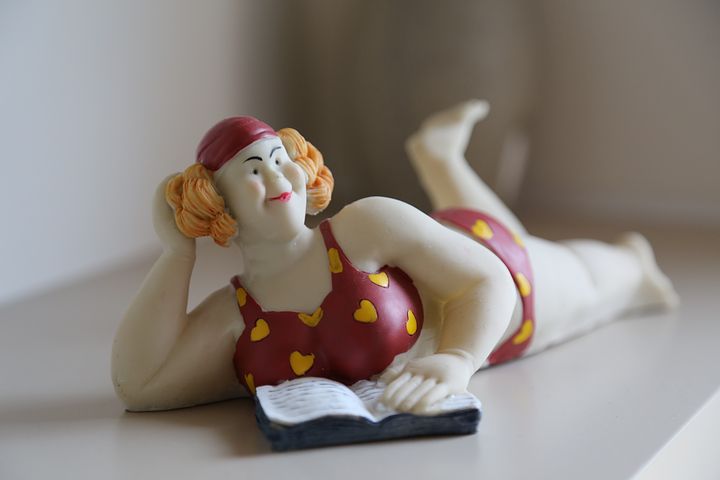Throughout my college career as a creative writing major, I’ve been taught to read as a writer. Instead of simply enjoying a story for what it is, I look at it with a magnifying glass in hand, trying to decipher what the author has done and how. Once you can identify the elements of craft within a short story, you can begin to emulate it in your own writing. This is why reading short stories is imperative to your growth as a writer. Below, I’ve come up with a list that every writer should read, not only because they are great stories, but because they will help you become a better writer by seeing the elements of craft in a successful way.
- Saint Marie, by Louise Erdrich
There is so much that Erdrich’s Saint Marie can teach us, but the one thing that this story does so well is finding the perfect balance between scene and summary. It’s so important for fiction to include both, and if the balance of scene or summary is off, the pacing of the story falters.
Scenes should be used as a tool to get up close and personal with the characters, while also allowing readers to fully grasp the many details that would have been glossed over, or completely skipped in summary. Scenes slow down the pace, and give a moment by moment play of the action. Scenes are also important because readers get a chance to witness the characters in action instead of just relying on the narrator to inform us.
The way in which Saint Marie goes back and forth seamlessly between scene and summary is so fluid, and every writer should see it in action. - St. Lucy’s Home for Girls Raised by Wolves, by Karen Russell
Setting in a short story is the stage. It’s where readers will take a step into your fictional world, and begin to immerse themselves in it. The setting helps set up a tone, mood, and atmosphere—a rural town, a dark and ominous forest, or a home for girls raised by wolves.
In Russell’s story St. Lucy’s Home for Girls Raised by Wolves, the setting is not only unique for this specific fictional world, but is also used to show the development of the characters. Living deep within the wilderness, a pack of uncivilized children with wolves for parents had strange mannerisms and the instinct to wag nonexistent tails. Once these children moved to St. Lucy’s, a change in the setting, the children begin to develop into civilized beings.
Russell’s story and characterization of the children depend on the setting, and without it, the story wouldn’t have been such a success.
- Italy, written by Antonio Elefano
The second-person point of view is hard to pull off, which is why many writers never take on the challenge. But Antonio Elefano did in his short story Italy, and I am so glad that he did. Not only is this a successful second-person point of view, but it’s also my favorite short story of all time.
The story depicts the relationship between a husband and wife within a few short pages, showcasing the emotions involved—love and regret. The story reads as though the protagonist is speaking to his wife, whom he loved very much, but couldn’t express it to her enough. The second-person point of view was the perfect choice for this very emotional and powerful piece because the way it reads feels much more intimate.
You can learn a lot from this one if you’re interested in experimenting in the second-person. Oh, and before you read, don’t forget the tissues!
- Where Are You Going, Where Have You Been? by Joyce Carol Oates
Tension plays a vital role in fiction, especially when the happiness of the protagonist, or even their life, depends on the outcome. It’s the stakes of the story that build the tension, and if the stakes aren’t high enough, the tension suffers.
Joyce Carol Oates’s short story Where Are You Going, Where Have You Been? has stakes that are high enough that builds up the tension in a successful way. When the protagonist, Connie, meets a stranger outside her home, her life and well-being are put in jeopardy. This stranger knows things about her, and she has no idea who he is or what his intentions are. The build-up of tension is steady all the way to the climax, where the tension comes to a tipping point and explodes.
Reading this short story will give you ways to think about how to raise the stakes for a character and how to build up tension in a way that leaves readers flipping the pages to find out what happens next.
After I learned how to read as a writer, a whole new world opened up to me. And it will for you, too! Once you see the elements of craft done well in these short stories, you can begin to use them in your own writing. Read as much as you can get your hands on, because you can learn something from everything that you read. Your own writing will only get better, stronger, and more effective, and your craft will thank you for it.
Meet the blogger:

CAITLIN O’BRIEN is a senior at Hamline University majoring in Creative Writing. Dabbling in all genres of writing, fiction will always remain her favorite. She is passionate about literature, writing, and drinking too many vanilla lattes.


